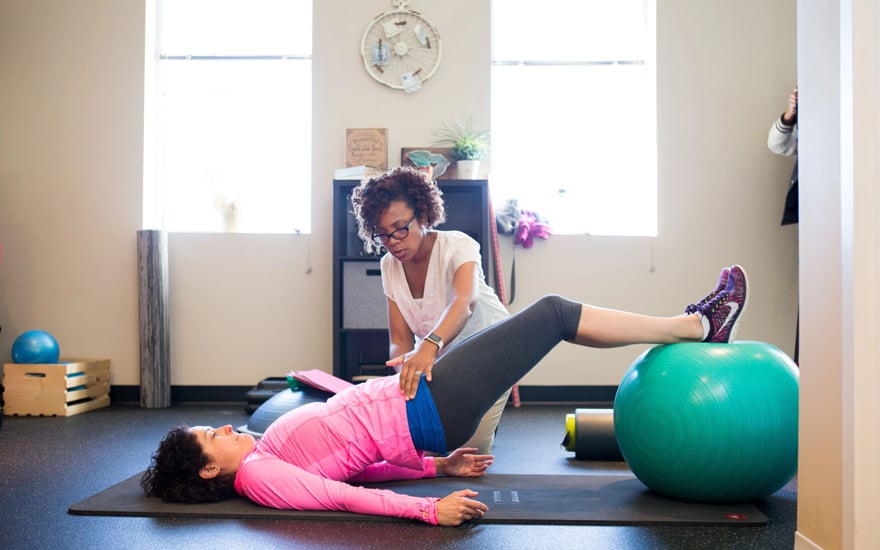
Over any three months, about 25% of Americans will have low back pain. It is the top cause of disability around the world.
Unfortunately, even though low back pain is common, treatment for low back pain often fails to reflect evidence-based guidelines, leading to overtreatment including unnecessary surgery or opioid prescription.
So what are the best approaches for back pain?
In March 2018, The Lancet noted that the guidelines are evolving: now there is "less emphasis on pharmacological and surgical treatments" and greater emphasis on "self-management, physical and psychological therapies, and some form of complementary medicine."
If you experience back pain that is not related to an acute injury, consider the following when seeking relief:
Recommended
Movement (including exercise, physical activity, and physical therapy). Remaining active is usually preferred over rest and inactivity. Physical therapists are movement experts who can prescribe exercise programs to meet your specific goals and needs.
Education. Understanding pain and getting tips to self-manage pain can be beneficial for any kind of chronic pain.
Cognitive-behavioral therapy. This can be helpful for any kind of chronic pain.
Sometimes Appropriate
Yoga. Since yoga involves movement, it may help, though it should be combined with recommended treatments.
Massage. Some patients feel short-term relief, but active movement-based therapy is more beneficial long term. This should be combined with recommended treatments.
Acupuncture. Some patients feel short-term relief, but active movement-based therapy is more beneficial long term. This should be combined with recommended treatments.
Spinal Manipulation. Some patients feel short-term relief that can improve function. This should be combined with other recommended treatments, particularly exercise and active treatments.
Rarely Appropriate
Opioids. The Centers for Disease Control and Prevention guidelines recommend opioids for chronic pain only after lower risk treatments have been tried, and then only when dosed appropriately and combined with nonopioid treatments. Prescribed opioids are appropriate in some cases (such as cancer-related pain and palliative care) but are not recommended for most chronic pain.
Heat. Some patients feel short-term relief, but there is limited evidence to suggest significant long-term benefits. This should be combined with recommended treatments.
Imaging scans (such as x-rays and MRIs). Imaging is not recommended for routine treatment of low back pain and often leads to unnecessary treatment.
Spinal injections. Injections do not appear to provide long-term benefits or reduce the likelihood of surgery.
Surgery. Surgery is not recommended for most back pain.
Not Appropriate
Bed rest. Bed rest and other inactivity can make back pain worse.
If your back pain doesn't resolve in a few days, a physical therapist can help.
Physical therapists are movement experts. They improve quality of life through hands-on care, patient education, and prescribed movement. You can contact a physical therapist directly for an evaluation. To find a physical therapist in your area, visit Find a PT.


